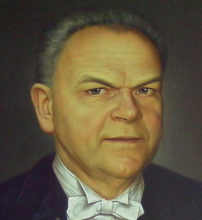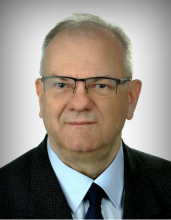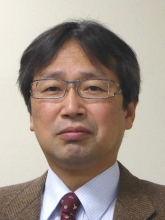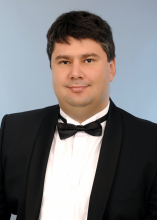Prof. Rimantas Jankauskas
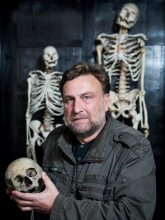
Department of anatomy, histology and anthropology, Vilnius university
Vice-rector for research, Vilnius university
Contribution of morphology to forensic identification
Notwithstanding recent advances of forensic genetics, forensic anthropology still plays a crucial role in identification. It is based on cross-matching of „ante-mortem“ (including individual morphological peculiarities of missing person) and „post-mortem“ (sex, biological age, stature, pathologies and other morphological individualising traits of usually skeletonised remains) data. Recently, two cases of identification - of A.Ramanauskas-Vanagas, the last commander of Lithuanian anti-Soviet resistance, executed in 1957, and executed leaders of anti-tsarist uprisal of 1863-1864, that evoked vivid reactions in society, were performed successfully using this approach. In my presentation I will highlight morphological aspects of these identifications.
More about scientist
R.Jankauskas graduated from the Faculty of Medicine, Vilnius University, and since 1982 is employed at Department of Anatomy, Histology and Anthropology. His scientific interests include various aspects of biological anthropology of past populations in Lithuania, that are implemented during close collaboration with archaeologists, and forensic anthropology.
Department of anatomy, histology and anthropology, Vilnius university
Vice-rector for research, Vilnius university
Contribution of morphology to forensic identification
Notwithstanding recent advances of forensic genetics, forensic anthropology still plays a crucial role in identification. It is based on cross-matching of „ante-mortem“ (including individual morphological peculiarities of missing person) and „post-mortem“ (sex, biological age, stature, pathologies and other morphological individualising traits of usually skeletonised remains) data. Recently, two cases of identification - of A.Ramanauskas-Vanagas, the last commander of Lithuanian anti-Soviet resistance, executed in 1957, and executed leaders of anti-tsarist uprisal of 1863-1864, that evoked vivid reactions in society, were performed successfully using this approach. In my presentation I will highlight morphological aspects of these identifications.
More about scientist
R.Jankauskas graduated from the Faculty of Medicine, Vilnius University, and since 1982 is employed at Department of Anatomy, Histology and Anthropology. His scientific interests include various aspects of biological anthropology of past populations in Lithuania, that are implemented during close collaboration with archaeologists, and forensic anthropology.

